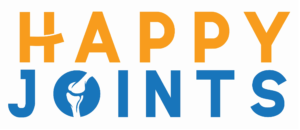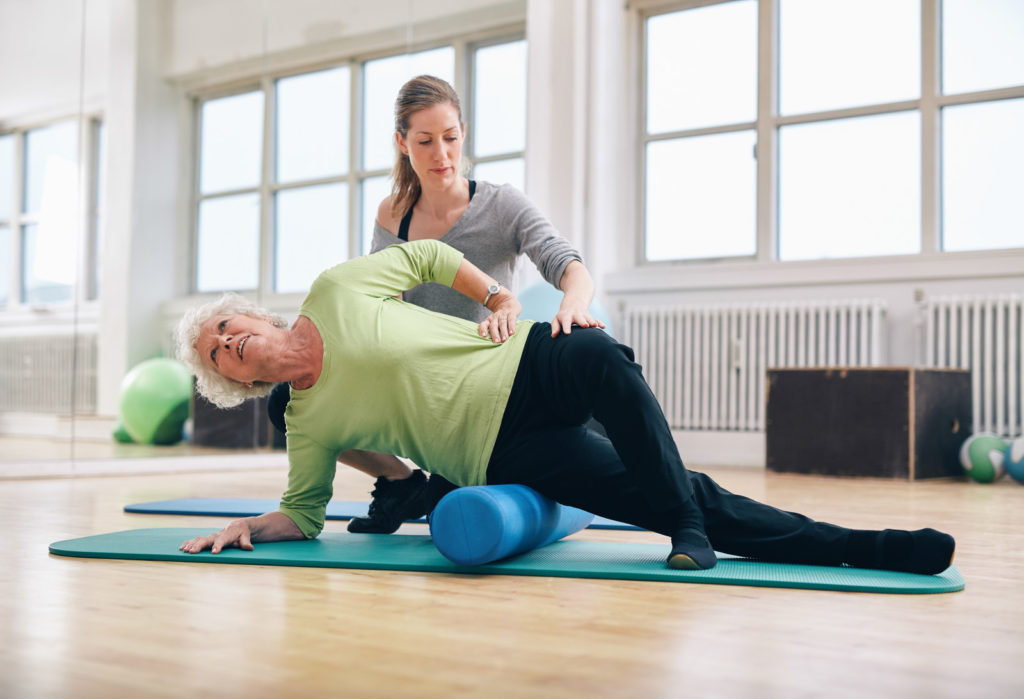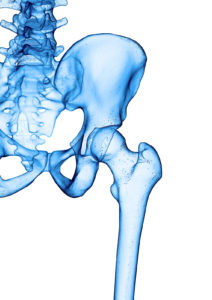
Did you know that roughly 10% of New Zealanders have Osteoarthritis (OA)?
This is the most common form of arthritis, predominantly affecting the knee, hip, spine and hand joints.
Articular cartilage is the type of protective cartilage which covers the surface of our bones. It acts as a shock absorber, and provides a smooth surface between bones to aid joint movement. As there are no blood vessels in cartilage, it has poor regenerative capacity, meaning it grows and repairs at a slower rate to other tissues.
Damage can occur to the cartilage with wear and tear, and if it cannot regenerate quickly enough, pain, grinding, swelling and stiffness may develop.
Treatment
Assessment by an orthopaedic surgeon can often result in being told to “come back when symptoms are worse”. When people hear this they may end up thinking that they can’t do anything that can help while they wait for their surgery. Some people may end up giving up activities and resigning themselves to pain. Often this results in weight gain, reduced quality of life and low mood.
But there ARE some very effective non-surgical options which can be highly effective in reducing symptoms of OA. The most well researched being EXERCISE. People are often surprised to find that their symptoms improve with exercise, even if their OA is quite advanced on X-ray. Not everyone with osteoarthritis needs to go down the surgical track!


- It is important to understand that joints NEED movement to remain healthy. Being inactive for long periods of time can increase the risk of damage to cartilage.
- Rehabilitation programmes with a mixture of targeted muscle strengthening, stretching, and non/partial weight bearing activity are ideal for reducing symptoms.
- For knees, cycling is a perfect non-loading way to maintain knee flexibility and strength. It also helps keep the knee joint nourished. If your knee arthritis is mainly affecting the knee-cap, 30mins/day high cadence pedalling with low resistance is recommended.
What About Surgery for OA?
There is certainly a place for joint replacement surgery. Keeping active and making lifestyle changes should be the first port of call for treatment. However, if symptoms worsen and make it hard to remain active, considering surgery may be necessary. Over the last 30 years, joint replacement surgery has become one of the most successful procedures in medicine, and generally people only stay in hospital for an average of 2-3 days. That said, joint replacements don’t cure everyone, and pain in not improved in 10-18% of people!
We Can Help!
We have looked at the available evidence for knee and hip osteoarthritis and developed an 8 week rehabilitation programme called Happy Joints. Happy Joints includes exercise and education. Every week is different, so clients need to commit to the whole block. Small groups, with only a maximum of 6 participants, allow an individualised input for everyone. If you’d like to find out more, give us a ring and ask to speak to Lauren, who runs the class.
References: Cochrane review knee, Cochrane review hip

